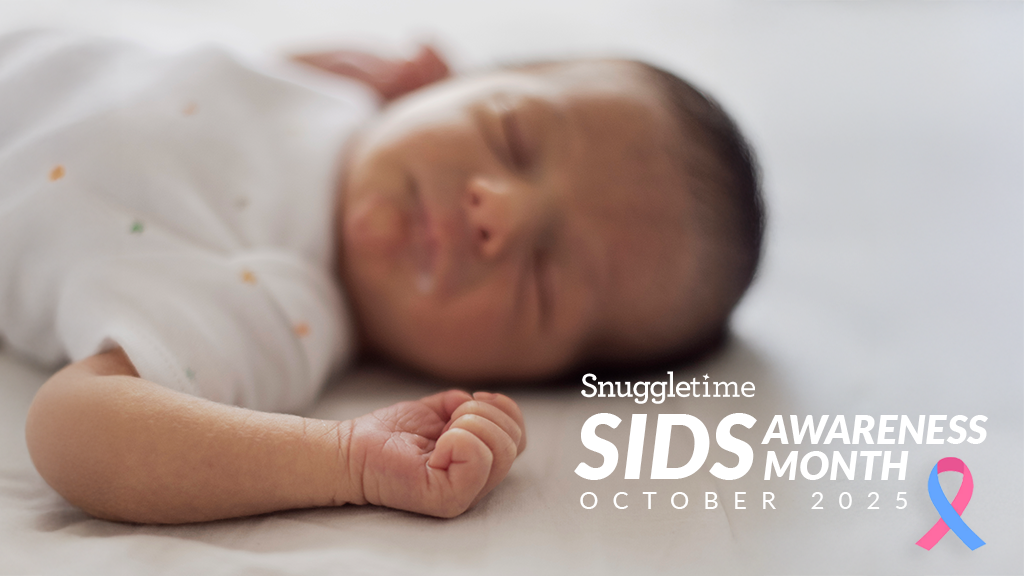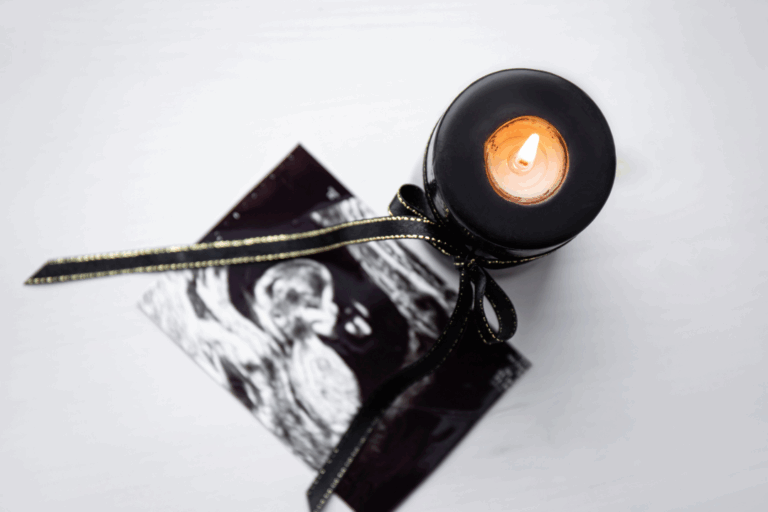Your baby’s sleep space impacts your little one’s sleep schedule. What should moms keep in mind when trying to create the right sleeping environment for their babies in the nursery?
A baby’s sleep space should have three key components:
- It should be CONSISTENT so that healthy sleep habits are supported
- It should be CALMING, to induce sleep
- It must be SAFE for peace of mind
CONSISTENT
Little babies develop sleep habits based on expectations around sleep. This means that where and how your baby is settled to sleep needs to support independent sleep and self-soothing, especially from 4 months onwards. Choose the sleep space for your baby based on how much space you have in your home as well as your parenting preferences, i.e. in your room or in his own crib in his room. Whatever your choice is, make it consistent. In this way your baby will start to prepare for sleep as he enters that sleep zone, making his path to sleep much smoother.
In the same way, the manner in which your baby is settled to sleep does have a bearing on his expectations at midnight wakings. So make sure the way you settle him to sleep is consistent. Bear in mind that rocking and feeding to sleep will result in these expectations needing to be met in the night.
CALMING
A soothing sleep space is essential. Use the principles of the womb world to create a world of calm for your baby:
- Dim light
- Neutral warmth
- Soft linen and blankets
- Soothing white noise also helps
SAFE
Since sleep is a parent’s first real separation from their baby, it creates anxiety about the safety of the little one. A safe sleep space has the following qualities:
- The baby should sleep on their back or side, never on their tummy
- A baby should not sleep in the same bed as a parent or sibling
- The mattress should be firm and new – not used by a baby previously
- No blankets, pillows or duvets should be in the cot
- The room should be no warmer than 22 C (71 F)
A baby’s sleep space should be soothing and calm.
Here are the top 5 tips for your baby’s nursery:
- Make sure the room can be dark for day and night sleep times – invest in blackout lining and a light switch dimmer
- Your baby’s room should be between 18-22 C (64-71 F) for comfort and sleep safety. Invest in a room thermometer to read the temperature and a fan or humidifier to cool or warm the space as needed
- Keep colours and décor calming – muted colours, pastels and neutral colours are better for the colicky newborn days. Later when your little one’s personality emerges, you can decorate in a fashionable colour scheme and theme
- Soft cot sheets and a new mattress are all that should be found in your baby’s cot until he is a toddler of around 2 years old
- Your baby’s cot will be his sleep space for the next twenty-four months. Make sure it is safe – no more than a coke can should be able to pass through the bars and the cot must be painted in lead-free paint




